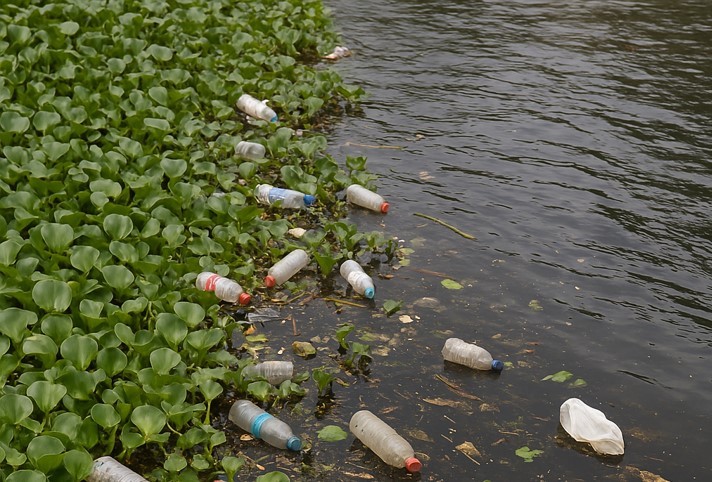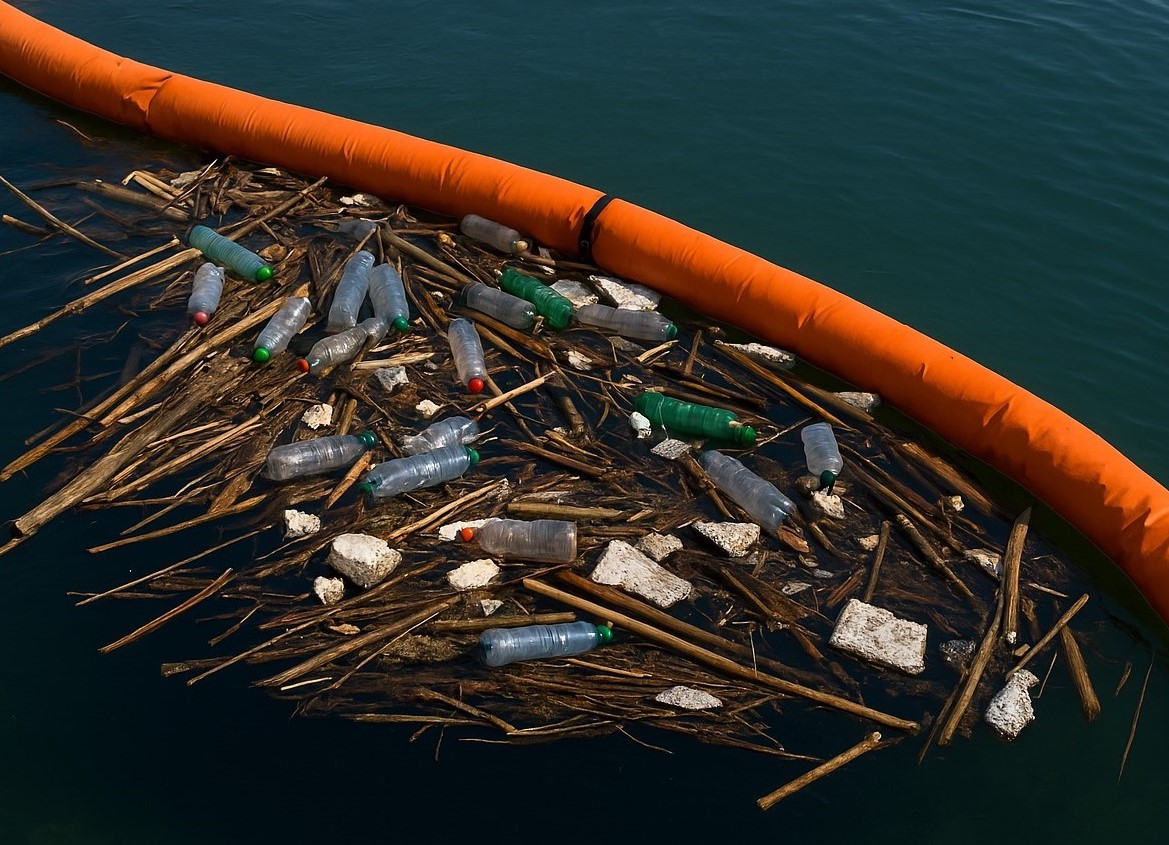Traveling Bridge and Other Scraper Systems

A traveling bridge scraper system is a mechanical system used in settling tanks to remove scum, floating debris, and sludge. The system finds application in wastewater treatment plants, potable water treatment plants, floatation plants, industrial processes, etc.
The traveling bridge scrapper system mainly consists of a bridge, drive unit, guide wheels, scrapers, scraper blade, and scraper lifting mechanism. The surface scraper efficiently removes surface sludge, scum, and floating debris. Whereas, the bottom scraper conveys the settled sludge to the hopper.
The traveling bridge scraper system is ideal for longitudinal operations. To remove sludge and floating debris, scum from circular tanks, a peripheral scraping method is used.
What is Peripheral Scraping?
The water/wastewater flow in a circular tank is radial when water/wastewater enters from the center or periphery of the tank. Due to radial flow, the suspended solids gravitate downwards and settle to the bottom of the tank. In the peripheral scraping method, the scraper rotates along the periphery. The peripheral rotation of the scraper pushes the sludge towards the center into the sludge collection pit. The peripheral rotating bridge design can be full wall or half wall depending on the calculations and requirements. A surface skimmer is used to remove scum and floating debris. The rotary scraping system is available with bridge and without a bridge. In the bridgeless peripheral scraping system, the surface scraper collects the floating debris in a scum box. The sludge is removed from the scum box through pipes in the tank wall.
According to the transmission mode, the scraper systems can be classified into:
- 1. Peripheral transmission scraper: the drive shaft and scraper arm rotation are connected to the transmission device. The transmission device in the peripheral transmission scraper system is located at the edge of the tank.
- 2. Center drive scraper: a vertical shaft and scraper arm connect the transmission device. The drive is located in the center of the tank.
- 3. Traveling bridge scraper: the scraper is mounted on a traveling truck, on the surface of the pool. The bridge travels back and forth, driving the scraper to rotate.
- 4. Chain and flight scraper: the scraper consists of a chain and scraper, which slides along the bottom of the tank.
The scrapper systems are mechanical sludge removal systems ideal for light or heavy sludge removal. In a rectangular tank, the scraper arms drive along the tank floor, moving sludge to the hopper, subsequently removed with the use of sludge pumps. In a circular tank, the scraper arm directs the sludge to the center of the tank, later removed through an outlet pipe.
Applications:
- • The traveling bridge is ideal for use in water and wastewater treatment plants in sedimentation, and primary and secondary clarifiers. It is also effective in grit and grease removal.
- • The peripheral scrapper systems are used in primary sedimentation tanks, secondary sedimentation tanks and to improve the thickening efficiency of the sludge thickener.
- • Both the scraper systems find applications in wastewater treatment plants, potable water treatment plants, industrial processes, and flocculation clarifiers.
Both the scrapper systems require a motor to move sludge. The scraper arm in a rectangular tank is connected by chain or wheel drive, whereas in a circular tank, the scarper arms are connected to the center with a shaft.
Frequently Asked Questions
Q.1 How can a honeycomb belt improve efficiency in your production line?
A. A honeycomb belt improves production efficiency with better airflow and faster cooling or heating. Its durable design reduces downtime and boosts productivity.
Q.2 How can investing in oil spill response equipment protect marine ecosystems?
A. Investing in oil spill response equipment helps quickly contain and clean up spills, protecting marine ecosystems. This minimizes environmental damage and supports the health of marine life.





